South Fork of the Payette Overview
The S.F. of the Payette is the linchpin of the entire Sawtooth Mountains. In the lower half of the drainage (see Taylor Springs for an overview), Trail Creek and Baron Creek connect over three divides to the Salmon River. It is the headwaters of the South Fork (upstream of Elk Lake), however, that really tie the range together. Above Smith Falls, the upper canyon splits into five separate alpine basins that link over passes to the Salmon, Middle Fork, and North Fork of the Boise Rivers. The trails in the upper South Fork connect the disparate ends of the Sawtooths together, allowing a variety of long backpacking loops or even point-to-point traverses through the entire range. The Sawtooth Wilderness Overview offers suggestions for multi-day backpacking loops.
On a map it is a little unclear which of the upper canyons extends the furthest upstream in order to claim the title of “headwaters” of the South Fork of the Payette River. At a quick glance, the five drainages that contain Everly, Benedict, Ardeth, Virginia, and Hidden Lakes are nearly equidistant from where the canyon splits above Smith Falls. Though the map labels the outlet of Virginia Lake as the South Fork of the Payette River, it is actually a half-mile further to the top of the Benedict drainage. It may seem like splitting hairs, but if someone wanted to claim to have hiked to the true “source” of the South Fork, it would take them to the springs emerging beneath the east face of Plummer Peak!
With so many trails connecting over multiple divides, there are many ways to access the canyons in the upper South Fork of the Payette. For example, Hidden, Virginia, Edna, and Vernon Lakes are actually closer to trail heads in the Salmon River drainage (Redfish, Hell Roaring, Yellow Belly, or Pettit). It will, however, require climbing over one or even two high mountain passes to get there. Everly and Plummer Lakes also happen to be closer to the Queens River trailhead, but this does not take into account the time and effort it takes to simply reach the remote community of Atlanta. How to approach these alpine basins depends on the specific itineraries of individual hikers, but things like snow cover and water levels at major stream crossings should certainly be considered.
Ardeth Lake and Spangle Divide
Ardeth Lake is one of the most remote locations in the entire Sawtooth range. More than 15 miles from any trailhead, the route up the South Fork of the Payette is the only one that does not involve climbing over a high-mountain pass to reach the lake. Ardeth occupies a deep granite basin with a triple buttress rising directly above the south shore and steep but blunt ridge of granite hemming in the northeast side. Though smaller than Sawtooth Lake in the Iron Creek drainage, Ardeth has a similar feel, probably due to its large size and uniform shoreline.
The main trail continues south beyond Ardeth to the Spangle Lake divide. From the Spangle Divide it is possible to descend the Middle Fork of the Boise River to the remote community of Atlanta or climb over Ingleborg Divide to explore the west side of the South Fork of the Payette headwaters. In the upper Tenlake basin, several smaller lakes fill potholes left behind by the receding glaciers. The hanging plateau 600 feet above Ardeth at the base of Glens Peak is a wonderland of sparsely-treed granite slabs surrounding a handful of bulbous lakes. The view across Ardeth from the edge of this plateau is stunning. Another trail also connects over a saddle to Vernon Lake.
The trail from Ardeth over the Spangle Divide connects with the Spangle Lake adventure.
Off Trail Hiking
The ridgelines surrounding Ardeth Lake, like the rest of the South Fork headwaters, do not present the formidable vertical walls and sheer granite towers found elsewhere in the range. Glens Peak can be summited by a variety of Class 2-3 routes and can be included in a fun traverse from the Ardeth/Vernon saddle to the Spangle divide. Peak 9,918 and 9,598 can also be summited by a number of straightforward routes from the east.
Technical Climbing
While the terrain visible from the Ardeth basin does not present much vertical rock, there are some hidden north faces beneath Peak 9,598 and Peak 9,930 that have two things going for them. First, they are composed of the generally solid Sawtooth Batholith granite. Second, they have several hundred feet of vertical relief. Whether this combination results in quality climbing or worthwhile routes has yet to be determined.
Hiking distances and ascents are as follows:
- From the Grandjean trailhead to Ardeth Lake: 17 miles, 4,181 feet
- From the Grandjean trailhead to Spangle Divide: 18.5 miles, 4,181 feet
Wilderness Regulations
Most of the trail lies within the Sawtooth Wilderness. Please observe the following regulations:
• Mountain bikes are not allowed past the wilderness boundary.
• Self administered wilderness permits are required and available at the trailhead.
• Dogs must be on a leash between July 1 and Labor Day
• Camp 100-feet from trails, lakes and streams
• Pack out all garbage.
• Human waste should be buried in a cat hole 6-8 inches deep, buried and well disguised. Pack out all toilet paper.
• Campfires allowed ONLY in a backcountry pan or fire blanket
• Campfires are NOT allowed at some lakes and in some drainages in the Sawtooths. Please review the campfire restrictions at individual trailheads.
• Permits required for all stock use in the wilderness. No grazing allowed in the Salmon River watershed (This includes the Alpine Lake drainage)
• No equine stock at Edith Lake. ALL stock prohibited in the Goat Creek and Alpine Creek (Alturas Lake) drainages.
Logistics + Planning
Preferable season(s)
Congestion
Parking Pass
Pros
Cons
Trailhead Elevation
Features
Suitable for
Location
Nearby Adventures
Nearby Lodging + Camping
Our mission is to inspire adventure with beautiful, comprehensive and waterproof map-based guidebooks. Owner, publisher, and photographer Matt Leidecker, grew up exploring and guiding on the rivers in central Idaho. His award winning Middle Fork of the Salmon River – A Comprehensive Guide is the standard by which other river guidebooks are measured. Printed on virtually indestructible YUPO paper, IRP guides are truly unique all-in-one resources for adventure. Each book is loaded with full-color maps, stunning photographs, and information on the history, geology, and wildflowers. Visit Idaho River Publications to explore our guidebooks to the Rogue River in Oregon and the mountains of Central Idaho.






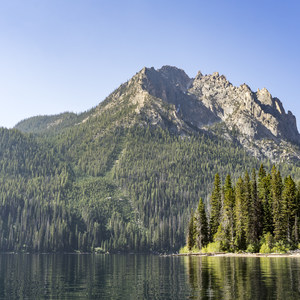
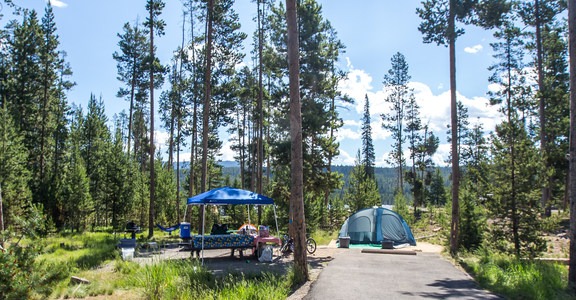
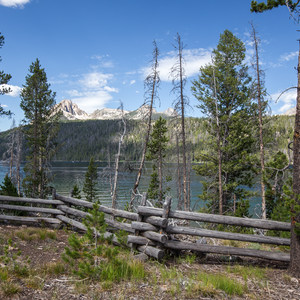

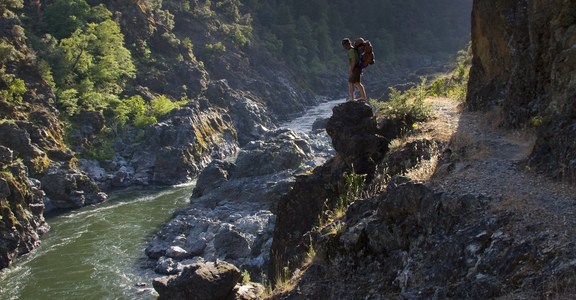
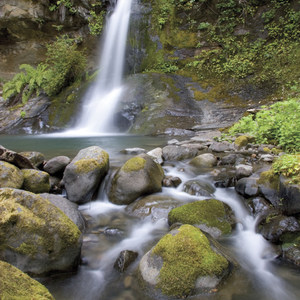
Comments
Sign In and share them.